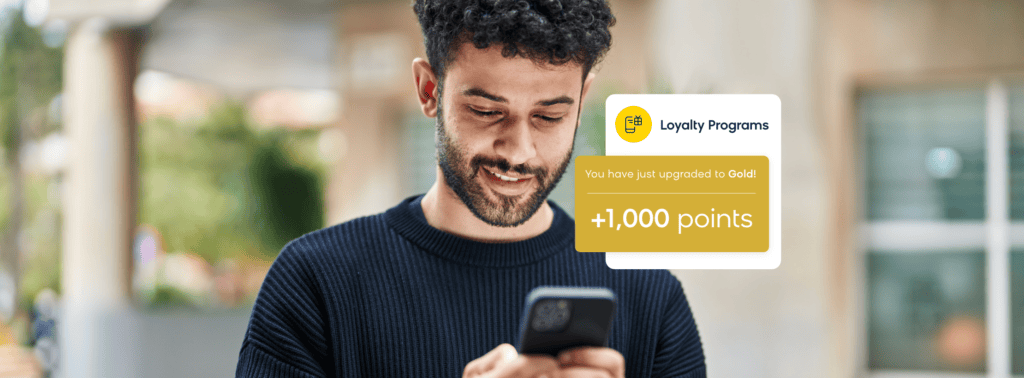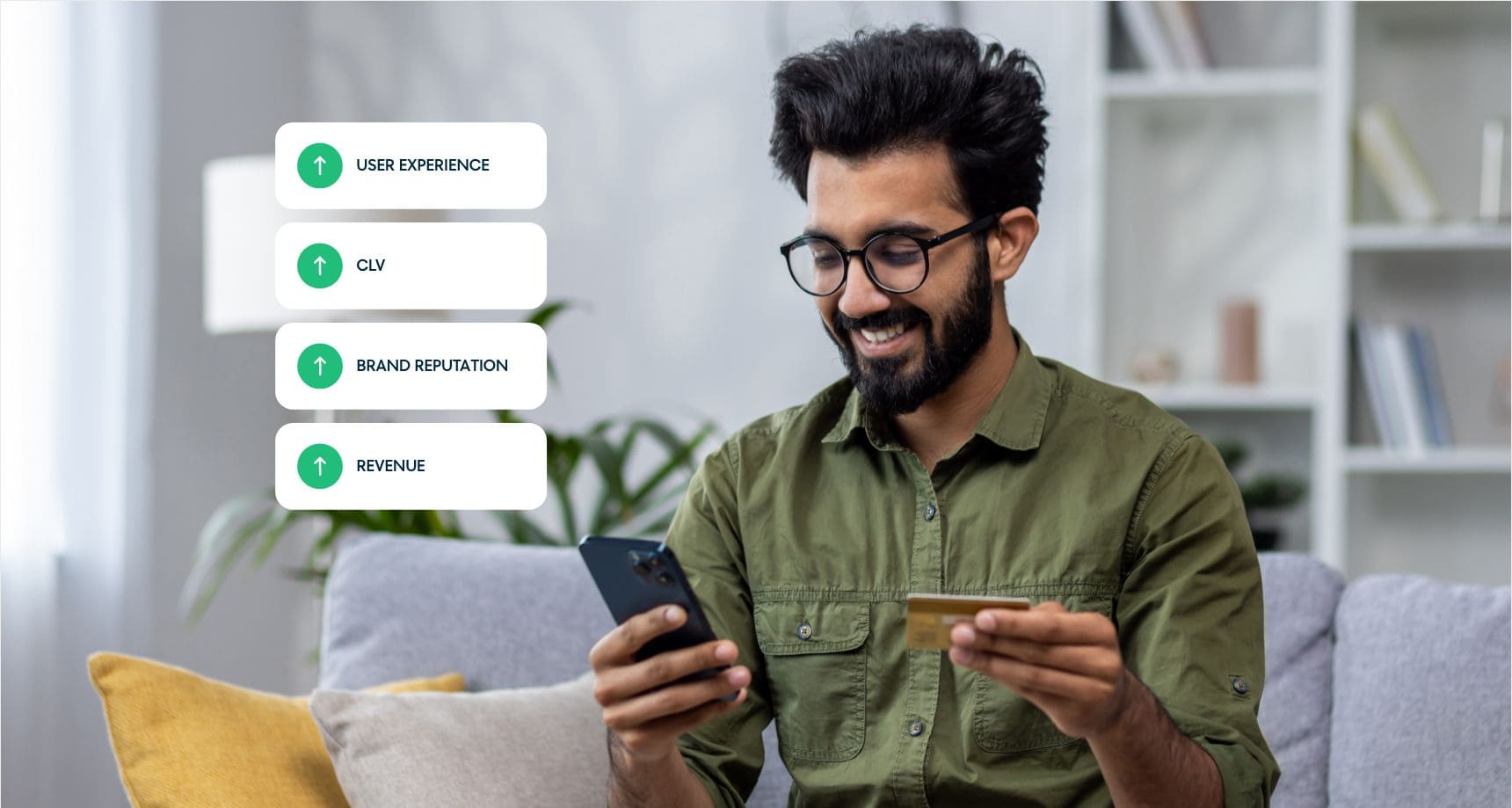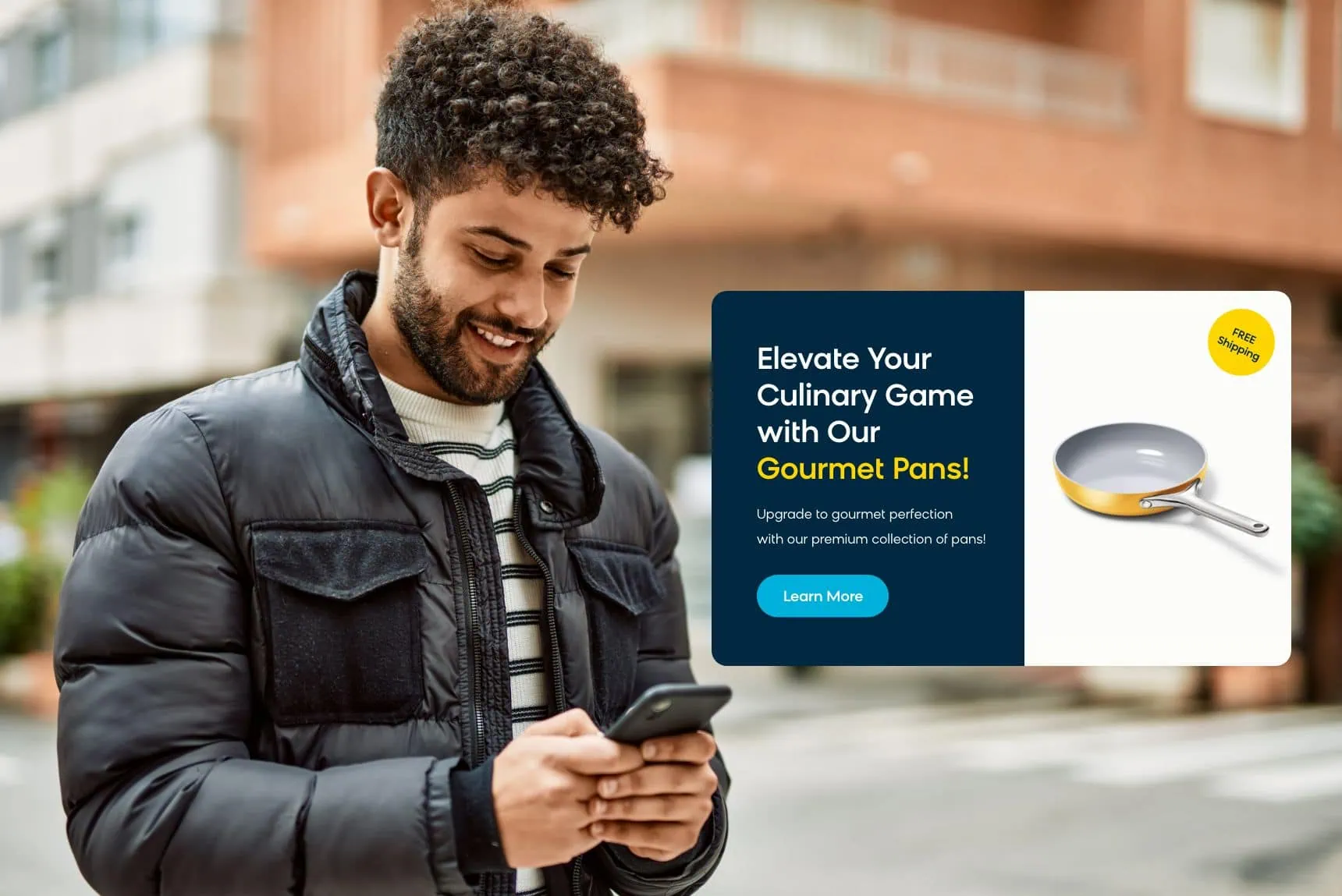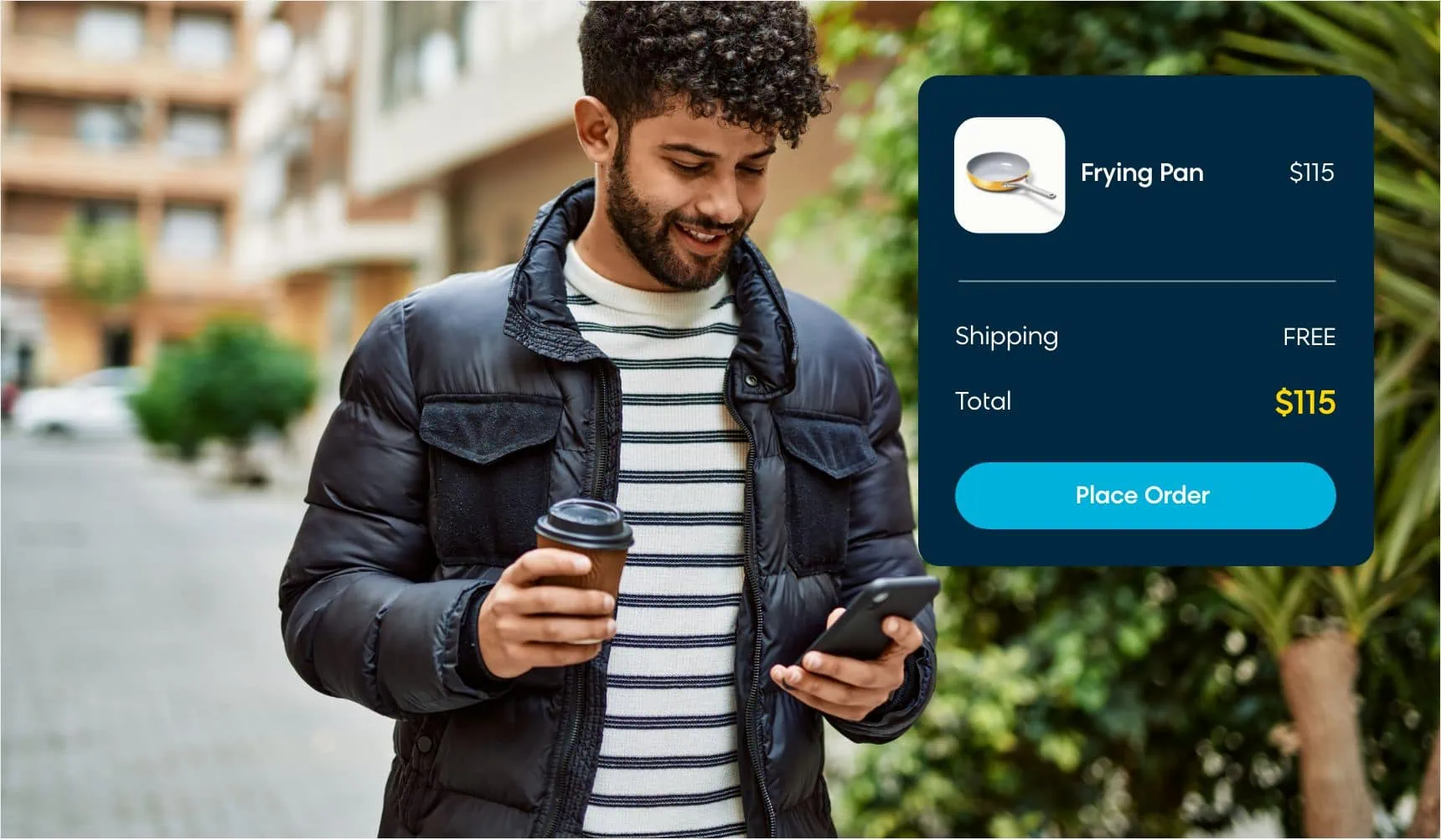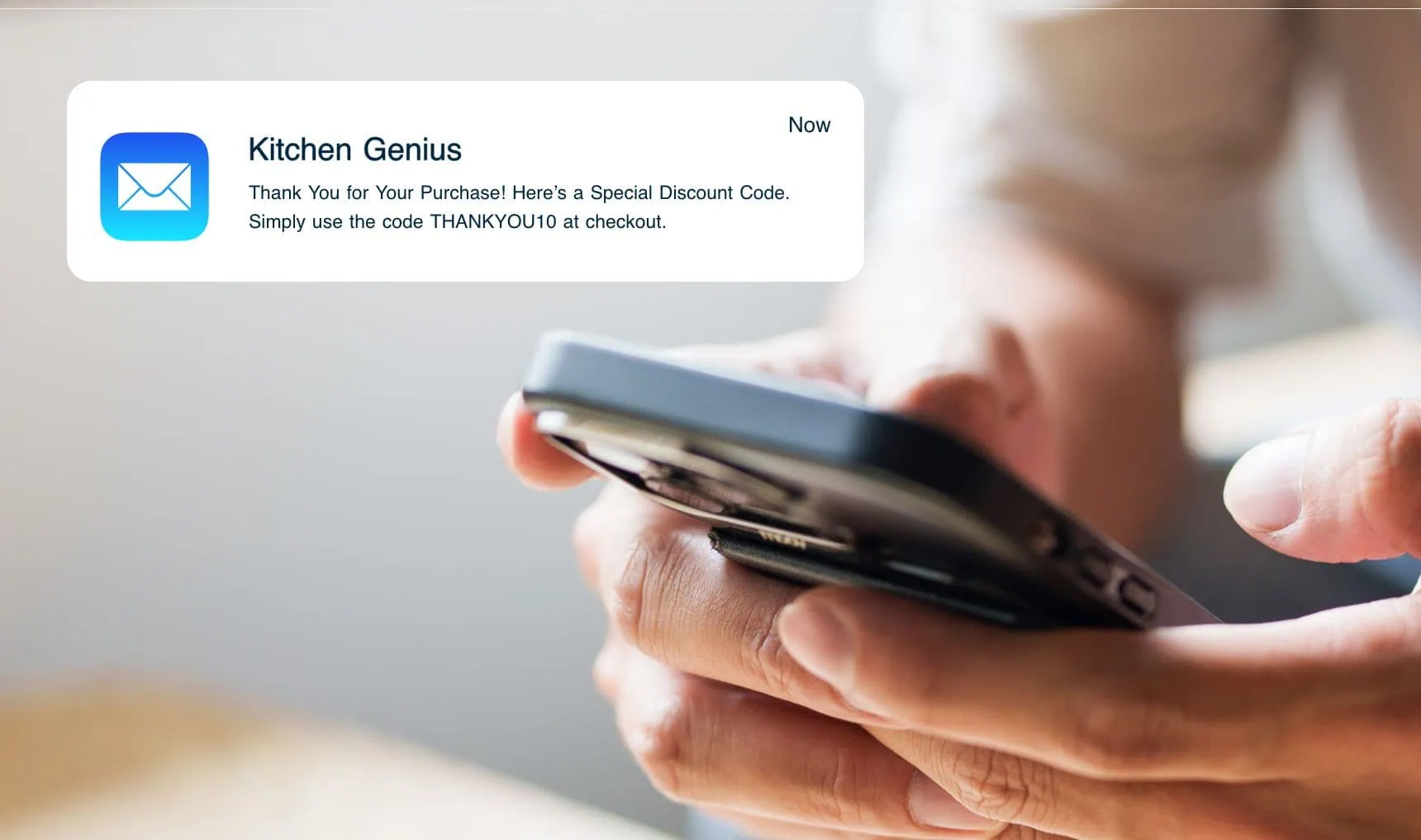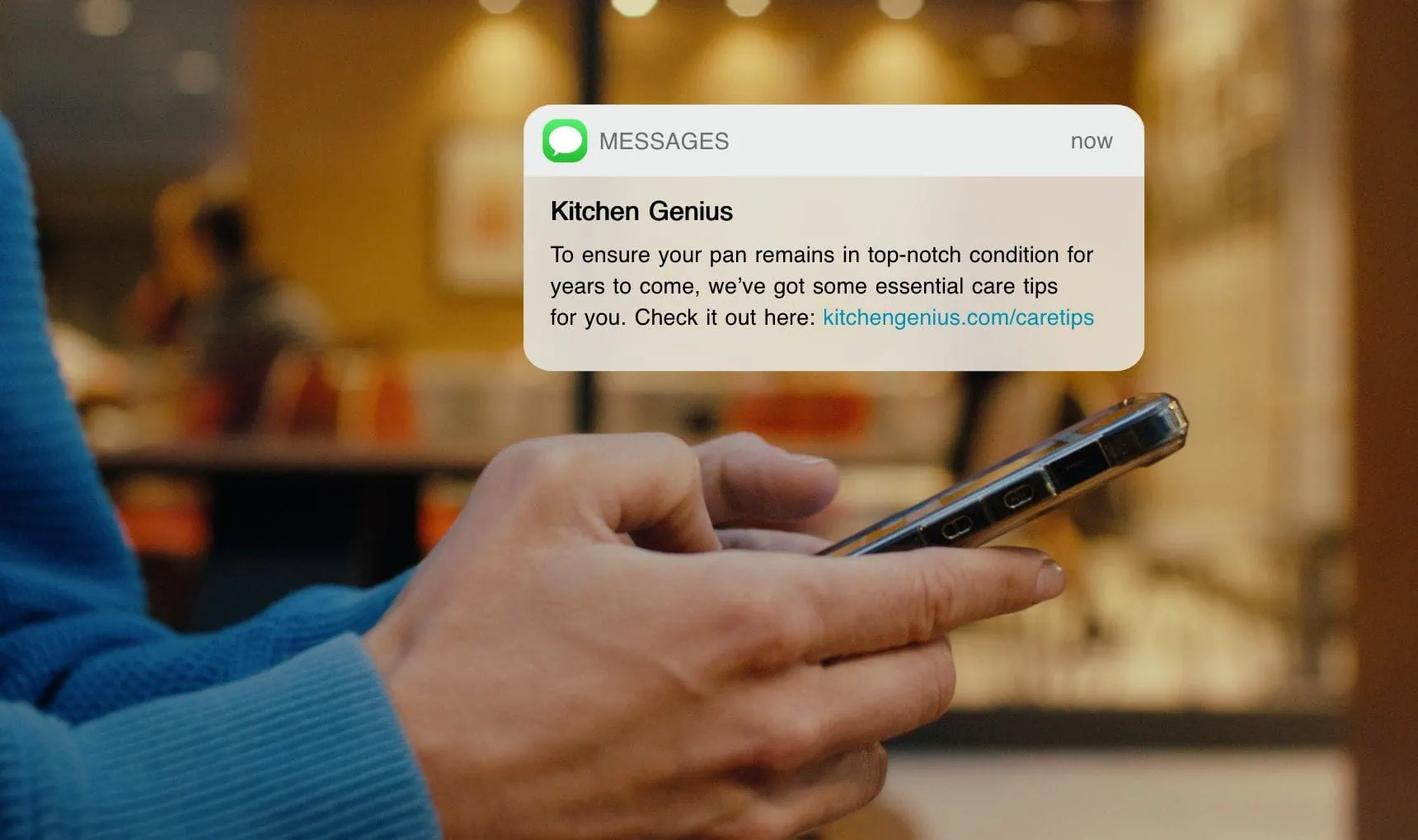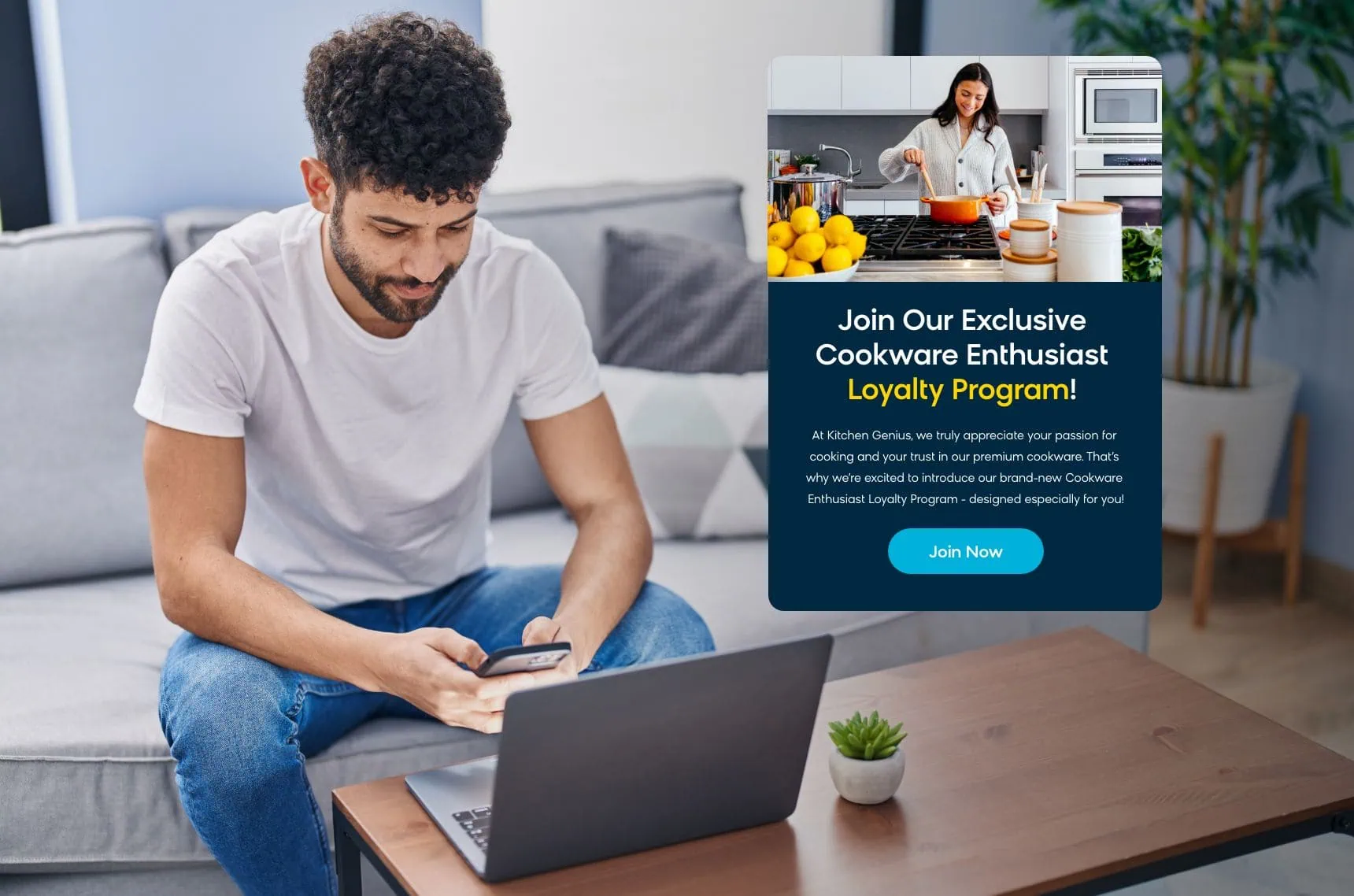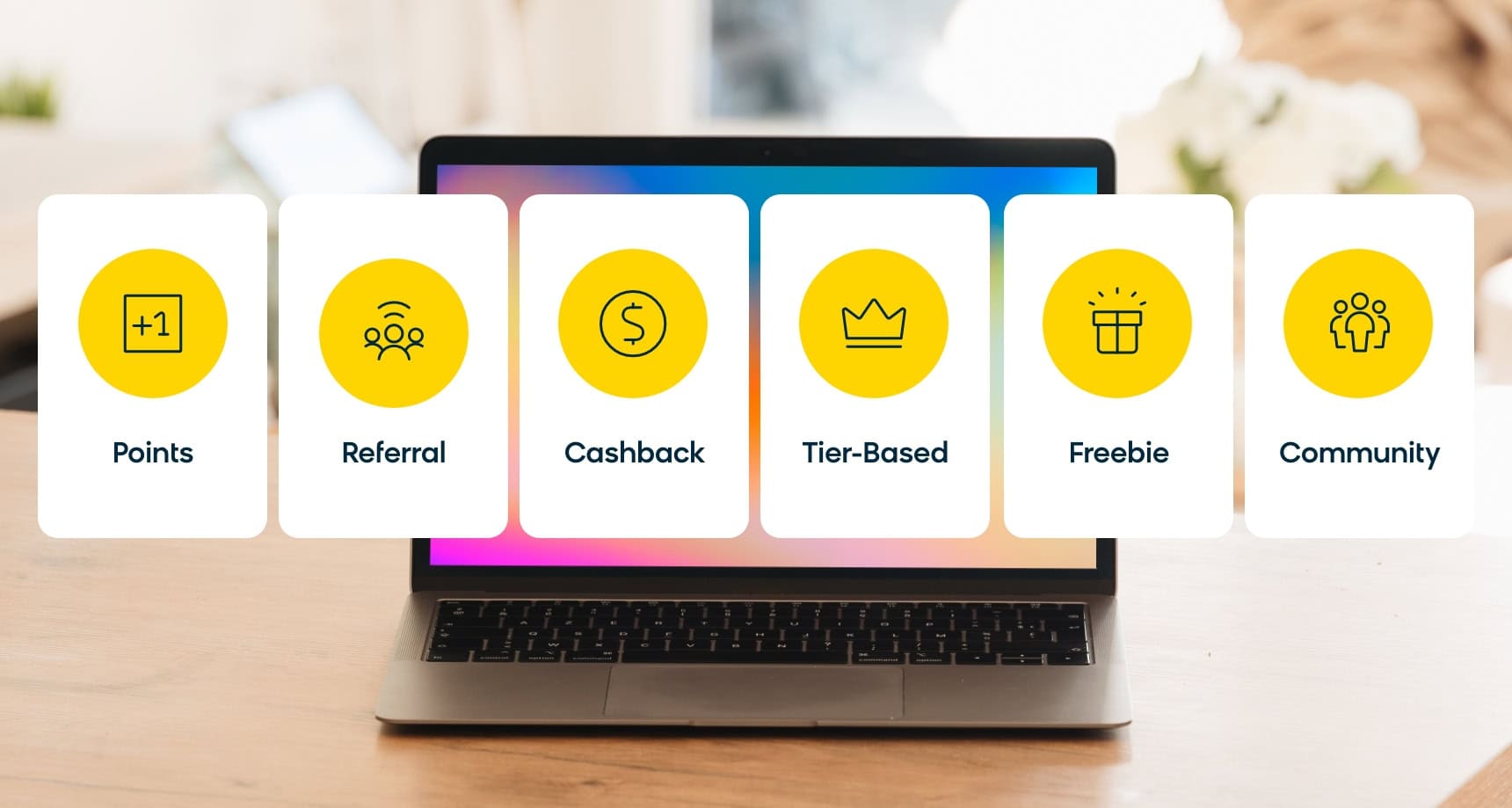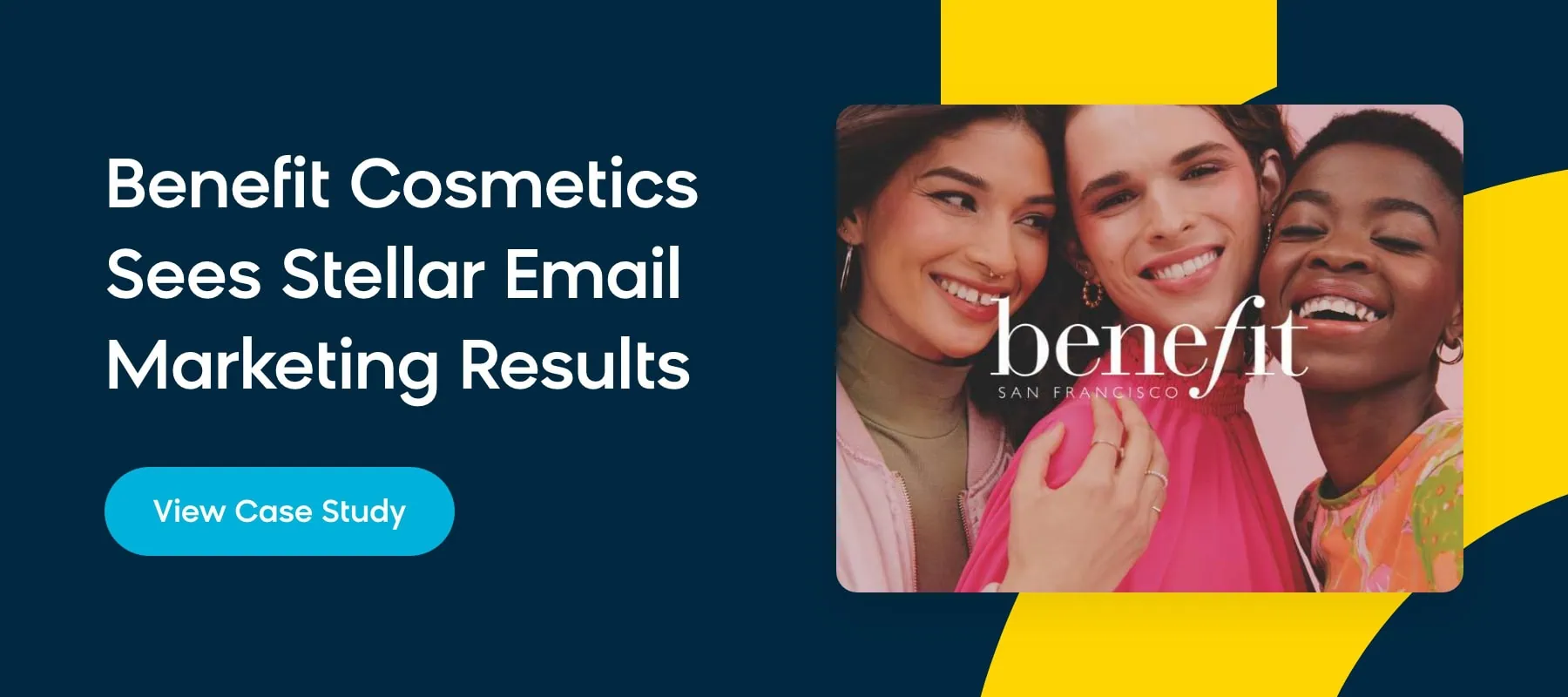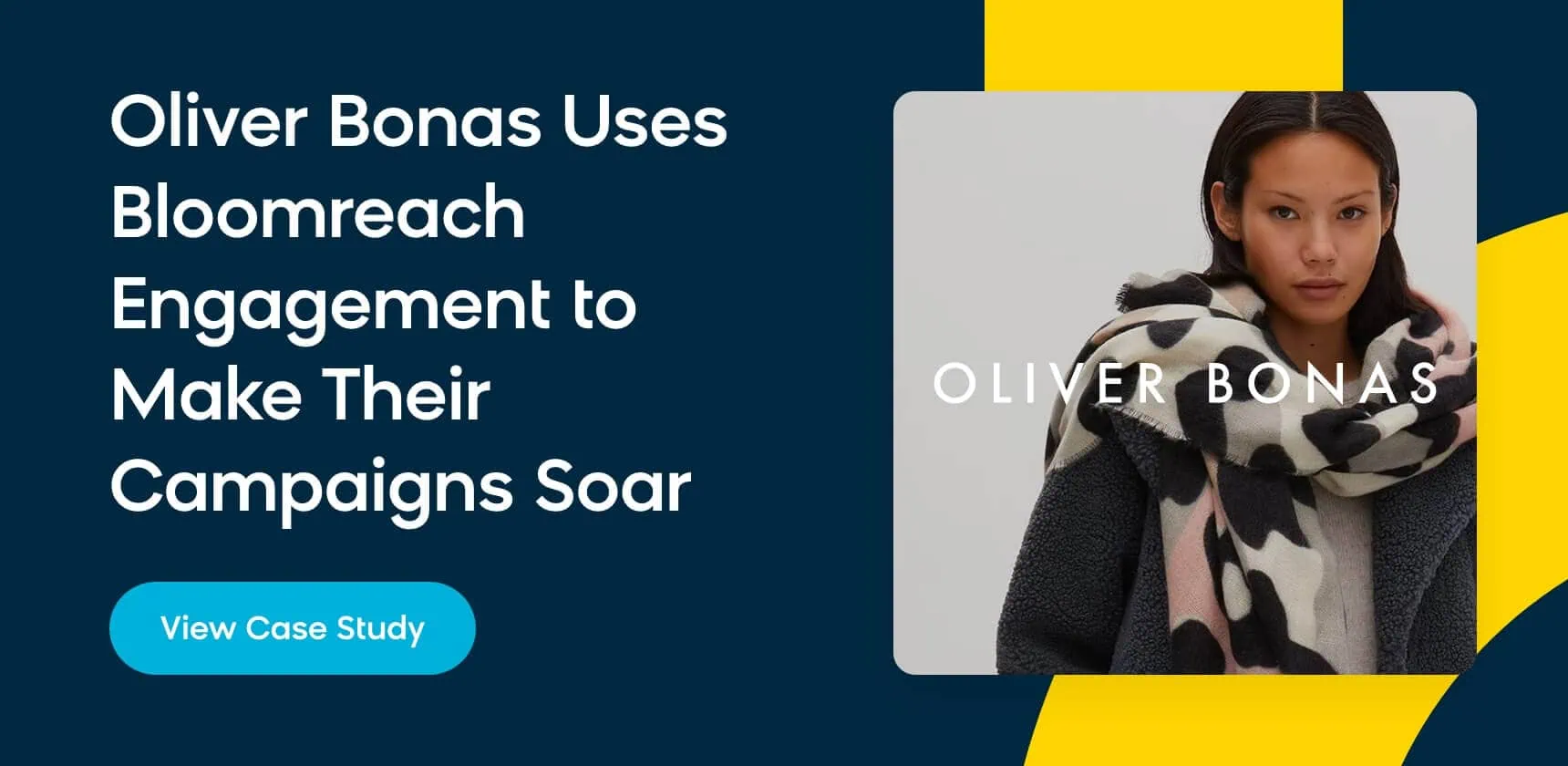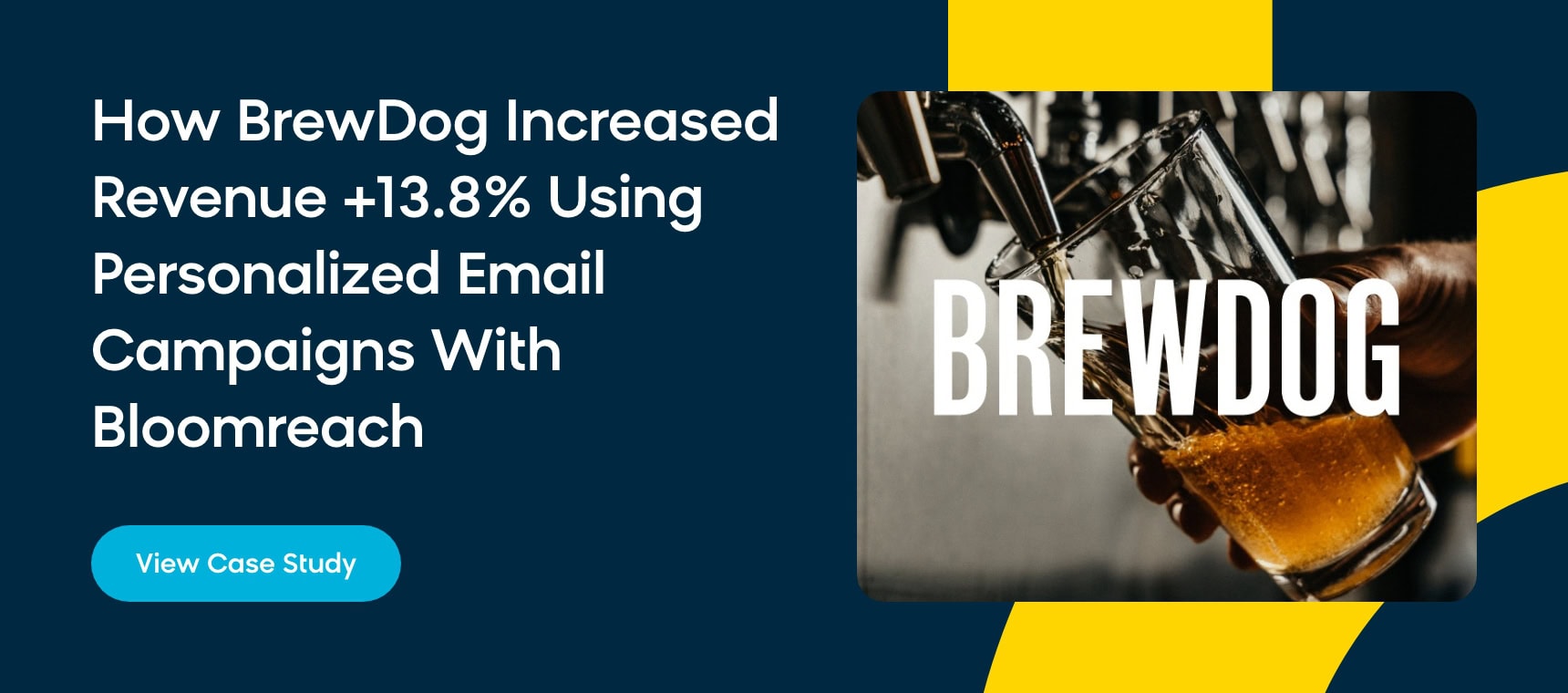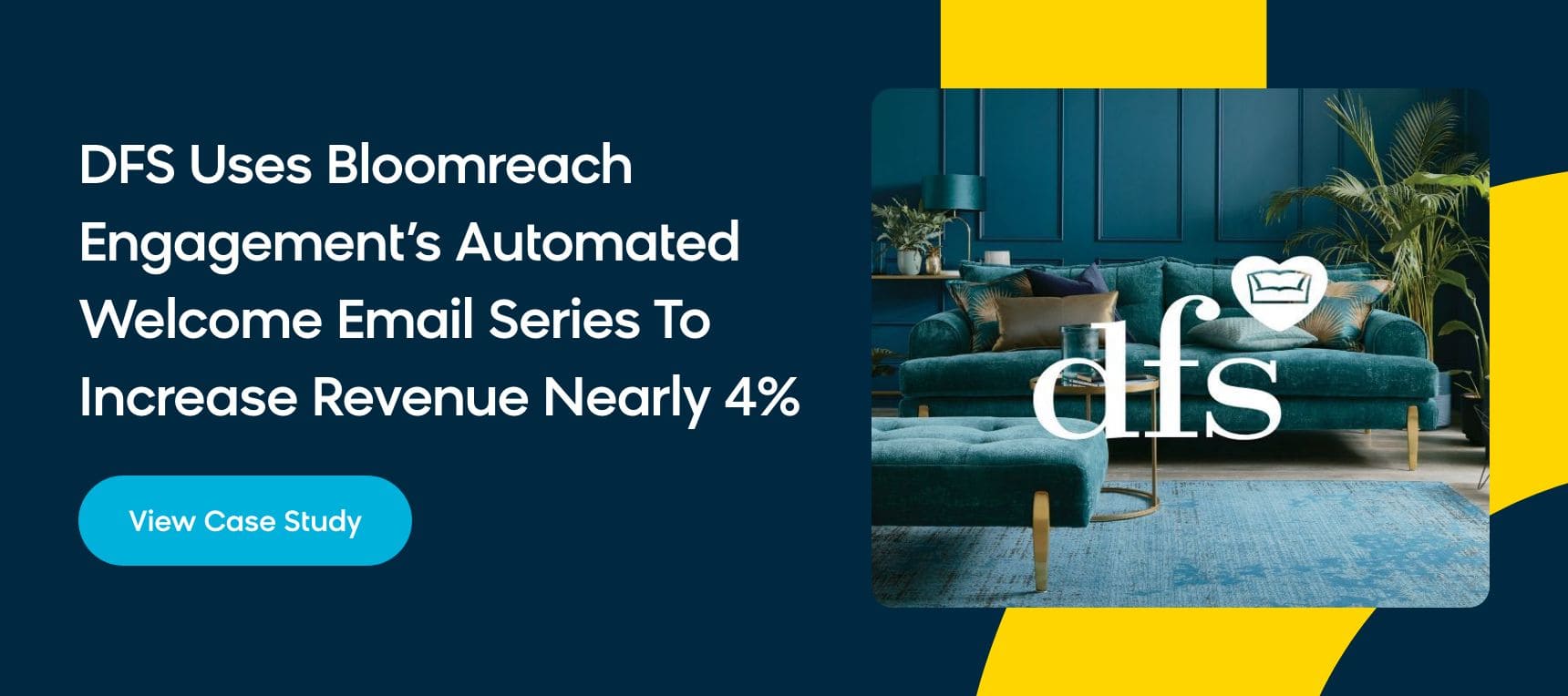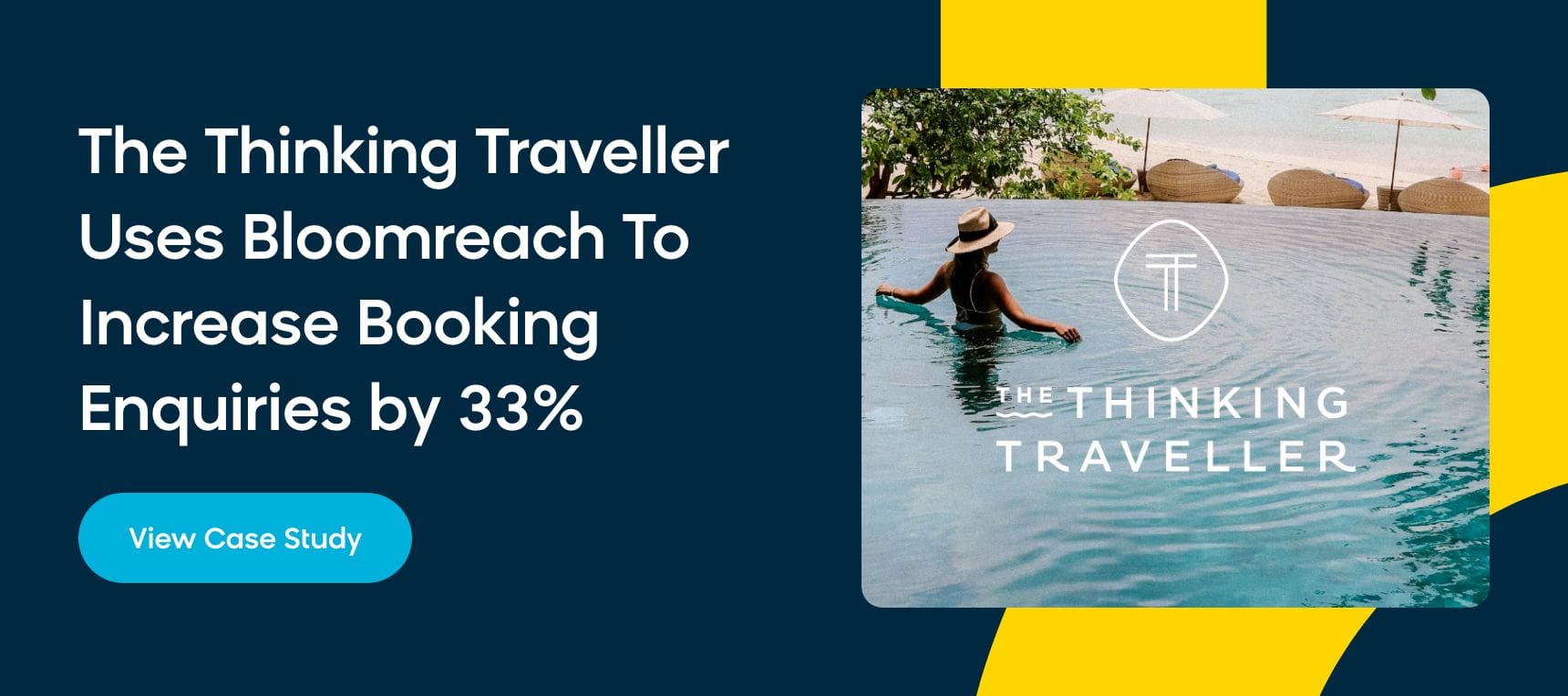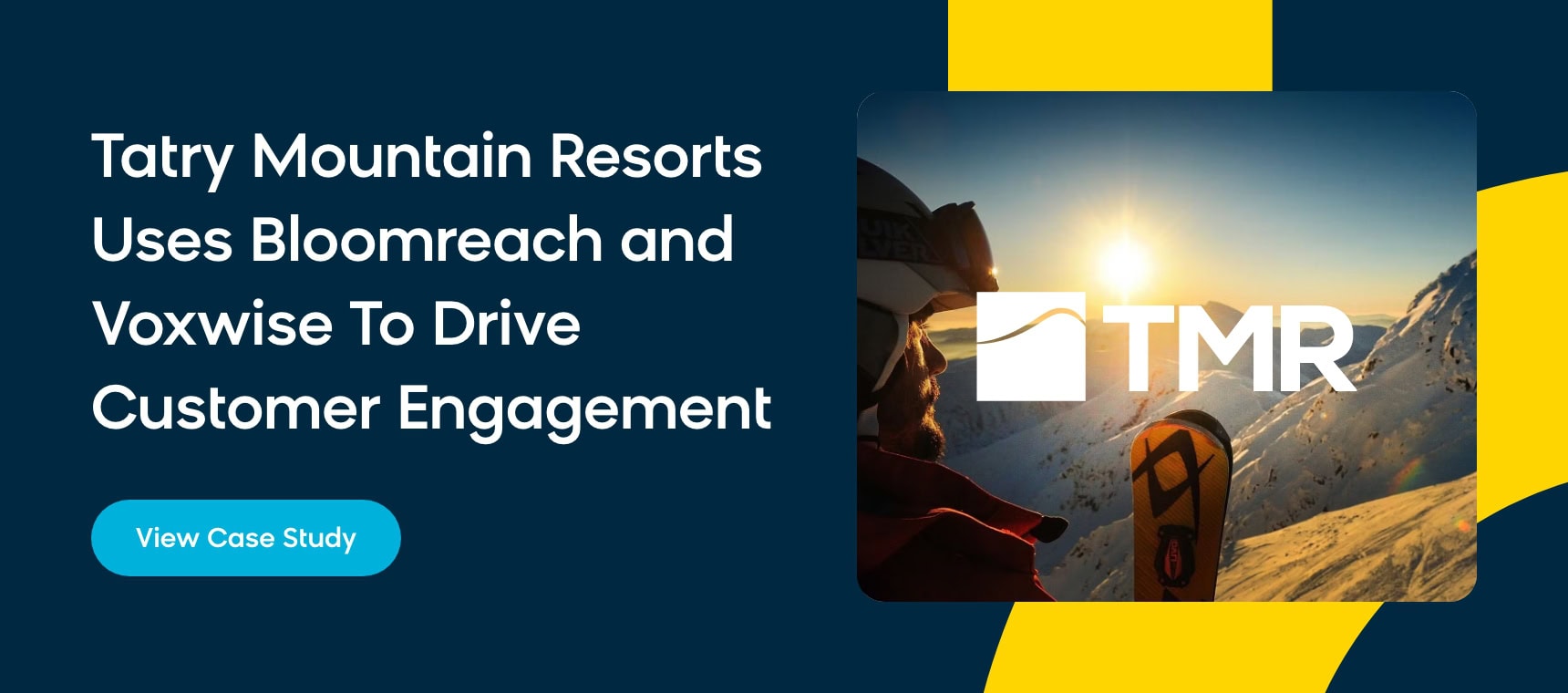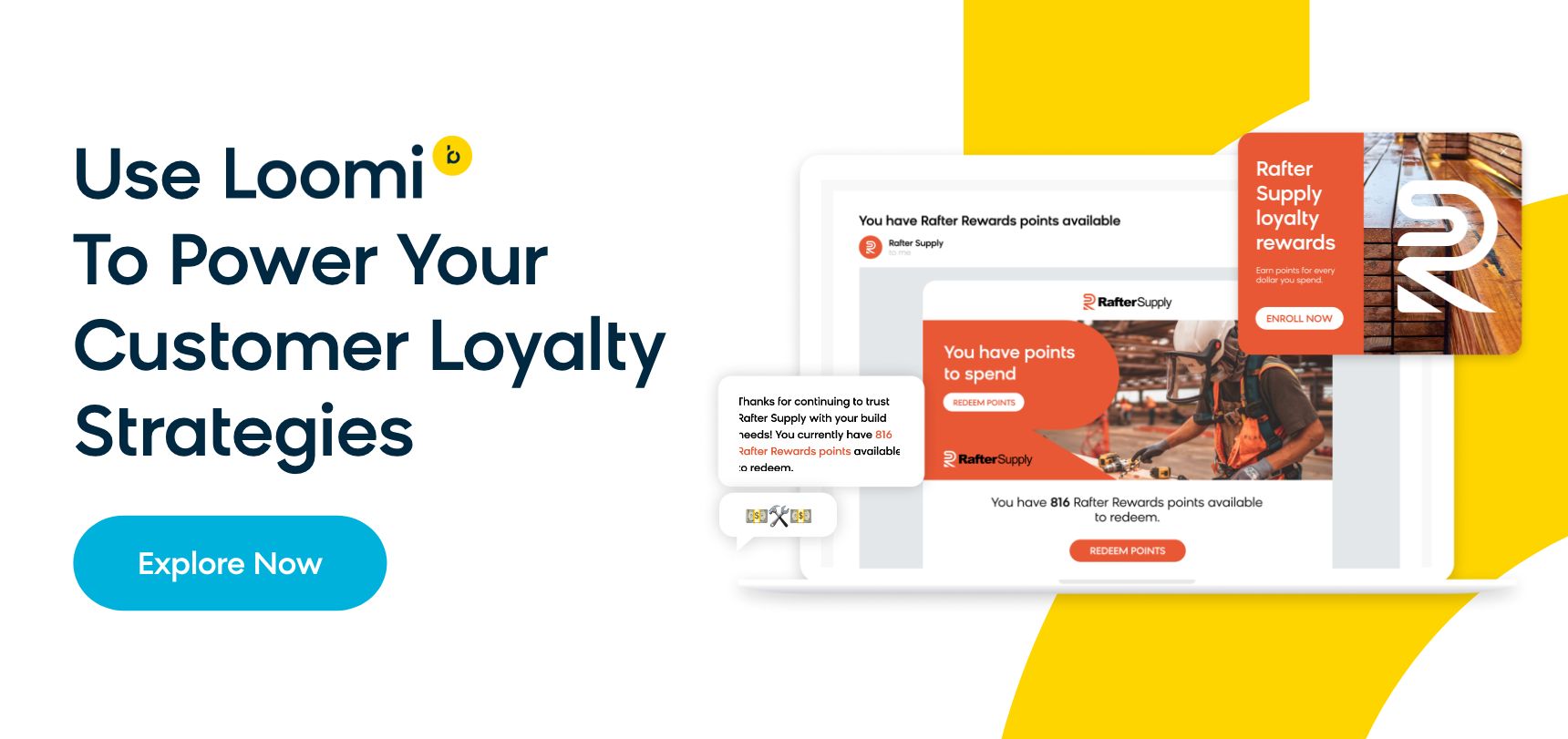Your ideal customer is a hopeless romantic.
Right now, your audience is actively searching for a brand to fall head over heels for.
They want to commit — 72% of global consumers are loyal to at least one brand, and nearly 60% of Americans say that once they’re loyal to a brand, they’re loyal for life.
And yet, consumers don’t trust brands as much as they used to. As ecommerce marketers, we’ve got our work cut out for us.
The good news is that customer loyalty solutions can go a long way in building brand loyalty and customer advocacy, both of which will grow your business.
If you’re thinking, “What is customer loyalty? With examples, please,” you’ve come to the right place.
Here’s everything you need to know about creating a customer loyalty program, including the benefits of customer loyalty and several customer loyalty strategy examples to inspire your next move.
What Is a Customer Loyalty Program?
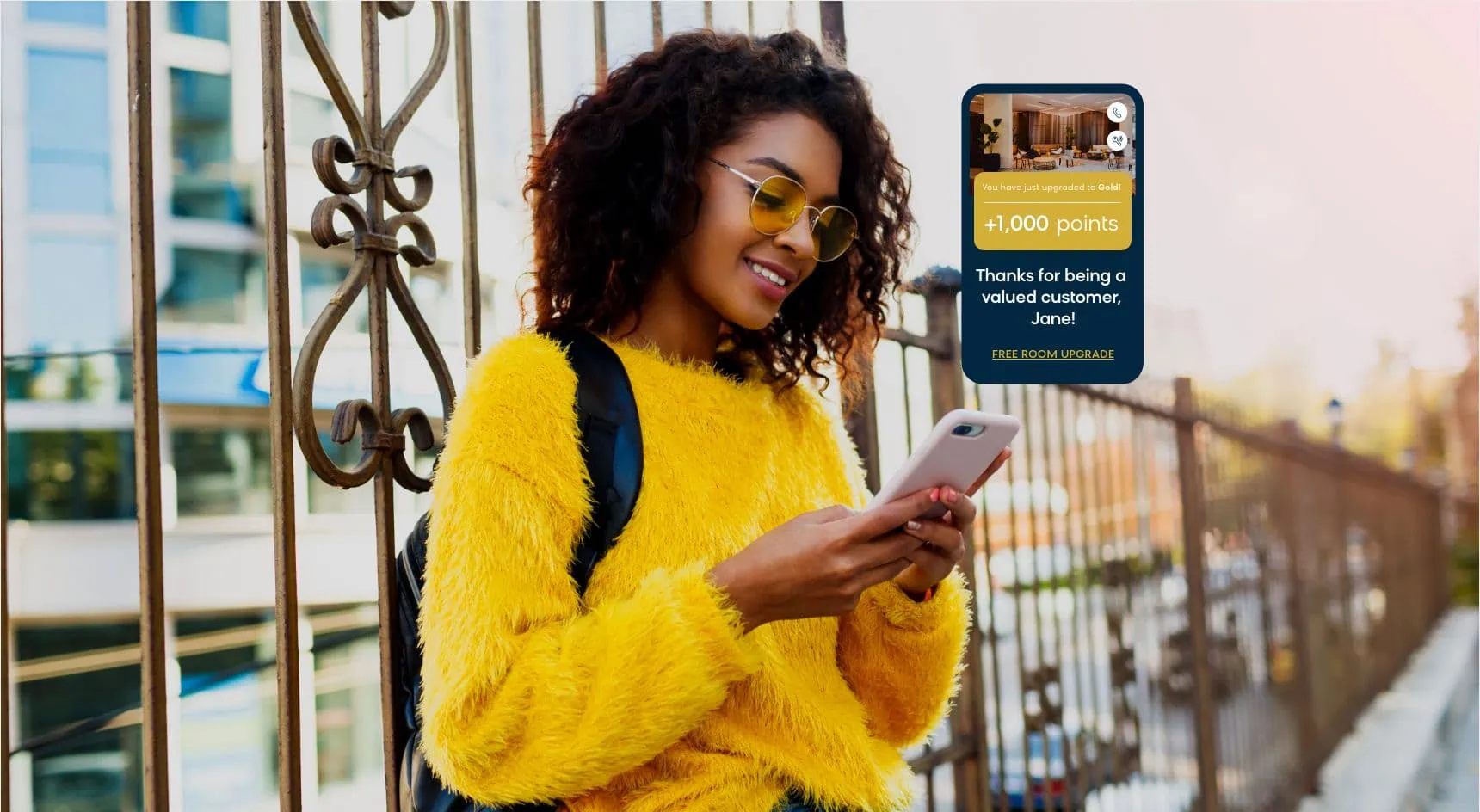
For your brand to be successful, you need loyal customers. This is especially true in the ecommerce world, where technology advances daily and consumer preferences change constantly.
That’s why customer loyalty programs are a hit among successful ecommerce brands.
Customer loyalty programs are marketing strategies designed to reward your customers who repeatedly interact with your brand and make purchases from your brand over your competitors.
Customer loyalty software uses customer data to inform strategies that nurture lasting connections between your brand and your customers. When this happens, you earn more repeat business, increase customer engagement, and turn your shoppers into brand advocates.
Both business-to-consumer (B2C) and business-to-business (B2B) companies can introduce customer loyalty programs. However, these programs will look a little different based on the type of business and its objectives.
In the B2C world, customer loyalty programs often involve accumulating points with every purchase and redeeming these points for exclusive offers. For instance, a bookseller may reward patrons with a free book after a certain number of purchases. These programs cater to customers’ innate desire for recognition and appreciation.
There are also plenty of benefits of customer loyalty for B2B brands. A satisfied B2B customer is more likely to establish a long-term partnership, which can generate consistent revenue over time. These programs may revolve around personalized solutions and value-added services. B2B customer loyalty program examples may include concierge services, exclusive events, or expedited assistance to loyal customers.
What Are the Benefits of Customer Loyalty?
Why is customer loyalty important?
To fully answer that question, we’d need a lot more than one blog post. But, in a nutshell, customer loyalty serves as a cornerstone for sustainable business growth.
This loyalty is not merely transactional. It signifies a deep connection between a brand and its customers that goes beyond individual purchases and transforms customers into advocates. When companies know how to build customer loyalty, they reap many tangible benefits:
Provides a Good User Experience
A strong sense of loyalty stems from reliably positive user experiences. The user experience encompasses every touchpoint a customer has with a brand, from the browsing phase to post-purchase interactions. When your brand consistently exceeds customer expectations, you’re more likely to retain customers and keep them coming back.
Improves Customer Lifetime Value
Customer loyalty is closely tied to customer lifetime value (CLV). CLV represents the total revenue a business can expect to generate from a single customer over a certain period. Loyal customers tend to have higher CLV because they purchase often, spend more money with each purchase, and routinely repeat purchases with your brand over the competition.
Grows Brand Reputation
Faithful customers are not only committed to your brand. They also become brand advocates who want to share their positive experiences with others. Today, 76% of consumers report reading online reviews “regularly,” and 46% trust online reviews as much as recommendations from friends and family members. Harness customer advocacy to attract new customers and gain a competitive edge.
Improves Revenue
Customer loyalty has a direct impact on a company’s revenue streams. On top of making more purchases, loyal customers are more likely to choose premium products and say yes to an upsold item. Additionally, positive customer interactions and referrals can lead to new customer acquisition.
What Are the Five Stages of Customer Loyalty?
Understanding how customers move up the customer loyalty ladder is essential if you want to build lasting relationships with your customers and propel business growth. The process of building customer loyalty is broken down into five stages:
- Reach
- Acquisition
- Conversion
- Retention
- Loyalty
Let’s define each stage and discuss how they contribute to the customer loyalty journey. We’ll also give you several customer loyalty ladder examples to help you understand what climbing this ladder looks like in the real world.
1. Reach
Every customer journey begins with the reach stage. This is where your business makes initial contact with your customer.
Using social media, advertising, content marketing, and search engine optimization, brands strive to create a memorable and impactful first impression. In this stage, the goal is to capture your target audience’s attention and pique their interest enough to move them to the next stage.
Example: Brian is in the market for upscale cooking pans. He sees a sponsored social media post advertising your line of gourmet pans. He follows your brand on Instagram to learn more about your products.
2. Acquisition
As soon as you’ve captured your customer’s attention, it’s time to move on to the acquisition stage, where you’ll turn interested parties into actual customers.
The acquisition stage involves providing customers with more detailed information about your products or services and highlighting the value they can gain by buying them. An essential element of this stage is crafting compelling calls to action, offering incentives, and ensuring a seamless purchasing process. Doing this well will set a positive tone for the rest of the customer experience.
Example: Brian is ready to buy a new frying pan. He heads to your brand’s website and purchases the new pan.
3. Conversion
During the conversion stage, customers finalize a specific action, like making a purchase, signing up for a subscription, or filling out a lead form.
However, the conversion stage isn’t only about wrapping up the transaction and moving on to the next one. You must also demonstrate your brand’s commitment to the sales experience, even after the sale is completed. To pass the conversion stage with flying colors, use marketing automation to deliver a smooth post-purchase experience.
Example: Brian receives his new pan without any unexpected delays. In his inbox, he finds a thank-you email from your brand, along with a discount code that can be used on his next purchase.
4. Retention
Building customer loyalty doesn’t end after the first purchase. You could say that the retention stage is where the real work begins.
This stage is all about customer retention, where you maintain and nurture the relationship with the customer beyond the initial transaction. Now’s the time to use personalized content to keep customers engaged and satisfied. Don’t overlook exceptional service, either — 56% of consumers say that customer service is very important and plays a key role in driving customer retention.
Example: While Brian breaks in his new frying pan, he receives a steady stream of communications from your brand, offering helpful tips, sharing recipes to try, and introducing him to new products. Brian makes another purchase using the discount code from his first order.
5. Loyalty
The pinnacle of the customer loyalty journey is the loyalty stage. At this point, customers have developed a serious affinity for the brand after completing multiple purchases.
However, you can’t leave loyal shoppers on the shelf and expect that they’ll stay true. Maintaining customer loyalty is just as important as earning it in the first place, so you must increase engagement with a steady stream of marketing touchpoints. The loyalty stage is the perfect time to introduce your customer to your brand’s loyalty program.
Example: Brian is invited to join your customer loyalty program. As Brian buys more upscale cookware, he enjoys receiving special discounts and sharing photos of the food he’s preparing with other brand-obsessed customers.
6 Types of Loyalty Programs
While there’s no substitute for a desirable product and excellent customer service, customer loyalty software can be your secret weapon in retaining customers long-term and raking in more revenue. Companies with hyper-loyal customers swear by it. They use loyalty programs to grow their revenues 2.5 times faster than their competitors.
Loyalty programs offer various incentives and rewards to keep customers coming back for more. From traditional points systems to community-building programs, there are many types of customer loyalty strategies out there that are perfectly suited to your audience and business goals.
1. Points Programs
Points-based loyalty programs are one of the most popular plans. Customers earn points for every purchase they make, and these points accumulate over time. Once a certain threshold is reached, customers can redeem their points for rewards, discounts, or exclusive products.
2. Referral Programs
Introduce referral programs to incentivize word-of-mouth marketing. Existing customers are encouraged to refer others to the brand. In return for successful referrals, customers receive discounts, free products, or other exclusive perks.
3. Cashback Programs
Cashback programs give loyal customers a percentage of their purchase amount back as a cash reward. With every purchase, customers can see a direct financial return, which can significantly influence their decision to remain faithful to the brand.
4. Tier-Based Programs
Gamify your customer loyalty strategy with a tier-based program that assigns customers different tiers (e.g., bronze, silver, gold) based on their spending or engagement levels. When customers spend more or interact more with your brand, they move up the tiers and unlock increasingly valuable rewards.
5. Freebie Programs
Who can turn down a freebie? Freebie loyalty programs offer customers free products or samples after they spend a set amount, make a certain number of purchases, or accomplish another goal. Freebie programs are a simple yet effective way to build loyalty over time.
6. Community Programs
Community-based loyalty programs create a sense of connection among customers. With a community program, brands create spaces (like private social media groups) where customers can interact and share experiences. Customers who frequently engage are given rewards or recognition.
9 Customer Loyalty Examples
Customer loyalty programs can change the game for ecommerce marketers. Now that you know why these loyalty programs are valuable, let’s dive into a few customer loyalty program examples.
In this section, we’ll introduce you to several Bloomreach customers who are building customer loyalty with our platform, so they can exceed their business goals. Get inspired by these building customer loyalty examples and consider how their approach might work for you.
Customer Loyalty Programs in Retail
Benefit Cosmetics
Benefit Cosmetics used Bloomreach’s marketing automation platform to enhance customer loyalty. When introducing a new range of blushes, the beauty brand leveraged an omnichannel “Blush Launch” campaign with Bloomreach Engagement.
Precise audience segmentation provided Benefit with pre-launch emails and a countdown workflow for waitlist subscribers that would convert. This resulted in a 50% higher click-through rate and a 40% revenue boost compared to similar emails. In the end, Bloomreach gave Benefit the tools to improve customer loyalty by using precise communication and data-driven choices, resulting in highly successful campaigns.
Oliver Bonas
Bloomreach’s Engagement solution empowers businesses like Oliver Bonas to reap the benefits of customer loyalty. The British lifestyle retailer turned to Bloomreach to establish a single customer view, which would provide key metrics to be used in personalized communications.
When brought to life with segmented and targeted emails, the single customer view gave Oliver Bonas a 97% boost in email click-through rates. This transformation shows how a readily accessible customer data dashboard can unify this data and elevate email campaigns, both of which fuel customer loyalty.
BrewDog
BrewDog wanted to drive customer loyalty through personalized email campaigns but wasn’t sure where to start. By integrating Bloomreach Engagement, the craft brewery achieved impressive results, with personalized emails yielding 15.6% more clicks, an 11.5% conversion rate, and a 13.8% revenue increase compared to non-personalized emails.
This partnership among BrewDog, Bloomreach, and Voxwise shines a light on the power of using data to make experiences feel tailor-made for customers. When you can accomplish that, you’ll have no problem building stronger connections and loyalty.
DFS
Never underestimate the power of a great welcome email. That’s one of the biggest takeaways from Bloomreach’s partnership with DFS. The UK-based furniture retailer used Bloomreach Engagement to perfect their automated welcome email series. This helped them create a customer loyalty ladder that ultimately led to increased sales.
DFS used Bloomreach to personalize a welcome email series with data-informed product content. This approach steered recipients towards brick-and-mortar experiences and yielded a 4.2% rise in conversion rates and a 3.9% increase in revenue.
Customer Loyalty Programs in Travel
The Thinking Traveller
Bloomreach empowers The Thinking Traveller to enhance customer loyalty with web optimization tools. Seeking a way to bring in new business during the pandemic, The Thinking Traveller turned to Bloomreach Engagement to adapt its travel marketing strategy appropriately, reassuring and retaining customers along the way.
With the right web optimization and experiments, the villa rental company created a “shortlist guidance card,” which resulted in a remarkable 33% surge in submitted booking inquiries. The Thinking Traveller boosted customer loyalty by dynamically enhancing website experiences and delivering the type of connected experience that customers love.
Tatry Mountain Resorts
Tatry Mountain Resorts, one of Europe’s largest resort operators, wanted to use skier data to enhance the skiing experience. Collaborating with Bloomreach Engagement and Voxwise, TMR created a tier-based customer loyalty program that motivated skiers to accumulate kilometers and offered personalized milestones and badges in return.
As a result, Tatry Mountain Resorts enjoyed a 28% surge in ski days per season among influenced customers. With this Bloomreach-enabled rewards program, the resort operator can use customer data to nurture lasting customer loyalty.
Build Greater Customer Loyalty With Bloomreach Engagement
Customer loyalty is the secret sauce that transforms one-time buyers into brand advocates, amplifying referrals and igniting sustained growth. Customer loyalty offers a wealth of benefits for B2B and B2C brands, and there are many ways to offer loyalty incentives to your customers.
To build lasting customer loyalty, it’s essential that you first understand your customer persona and their journey with your brand. By identifying touchpoints and pain points, you can then create strategies that resonate with customers’ needs, so you can rest assured that your loyalty-building efforts are genuinely meaningful.
If you want to establish loyalty programs that truly work, you’ll need a strong foundation: a platform that combines customer data and marketing automation. That’s where Bloomreach Engagement comes in. It’s an all-in-one solution — powered by Loomi, our industry-leading AI — to give your team the ability to craft personalized experiences across every channel and build long-lasting customer relationships.
Take the next step toward impactful customer loyalty by checking out all our use cases.

